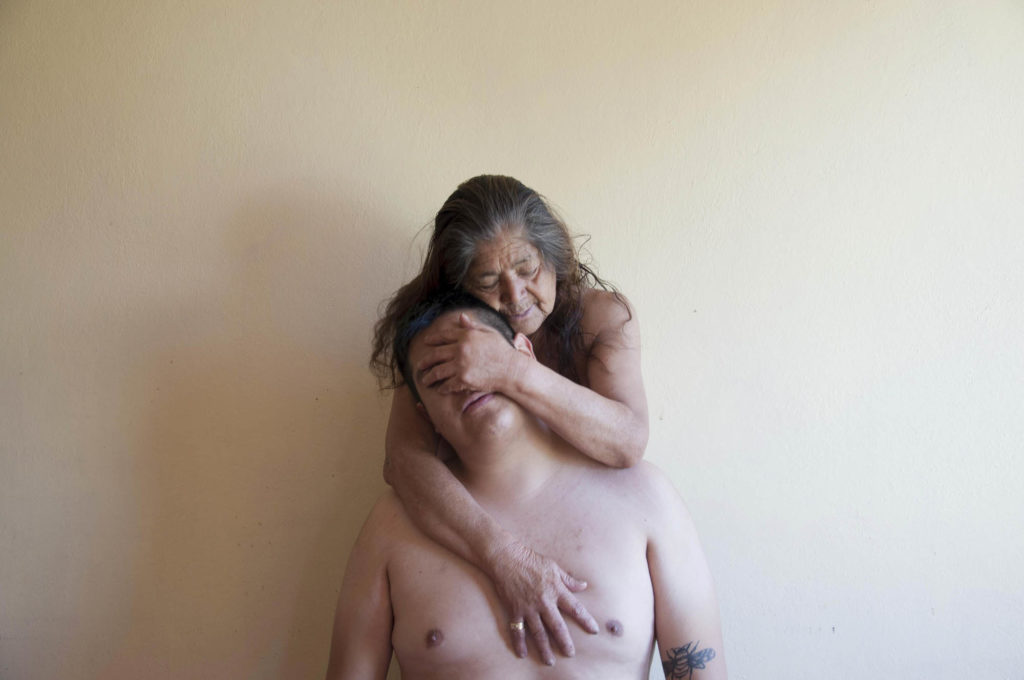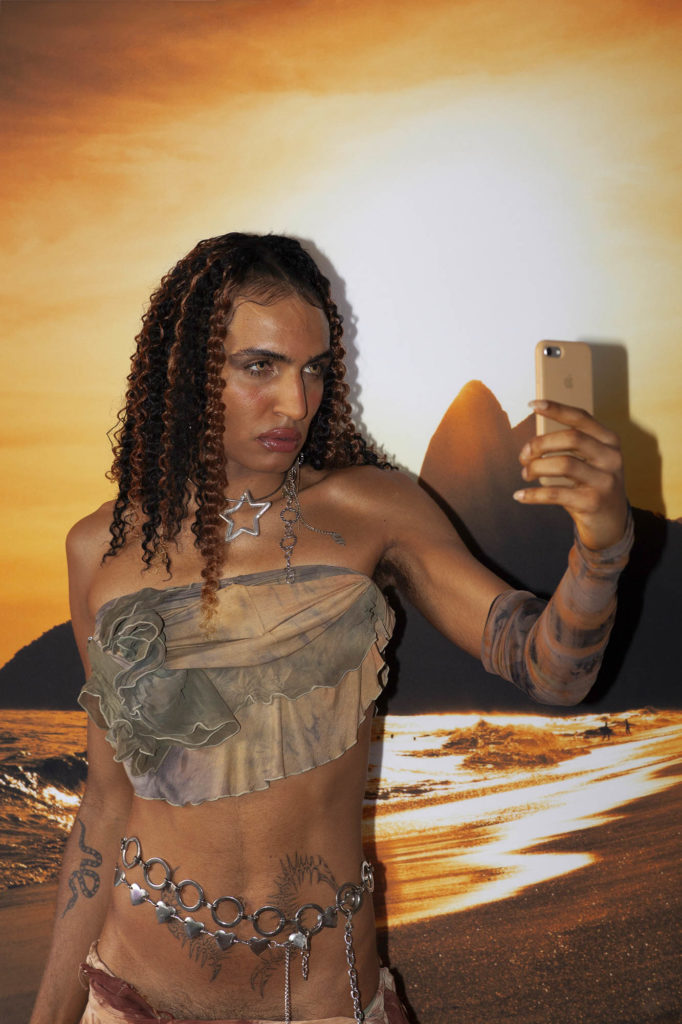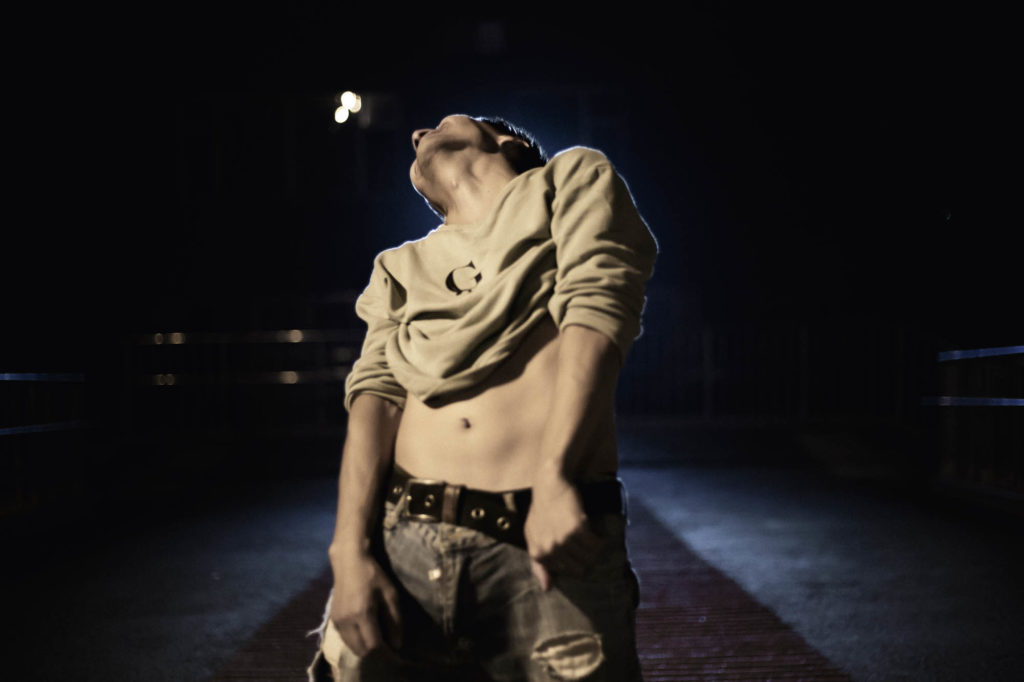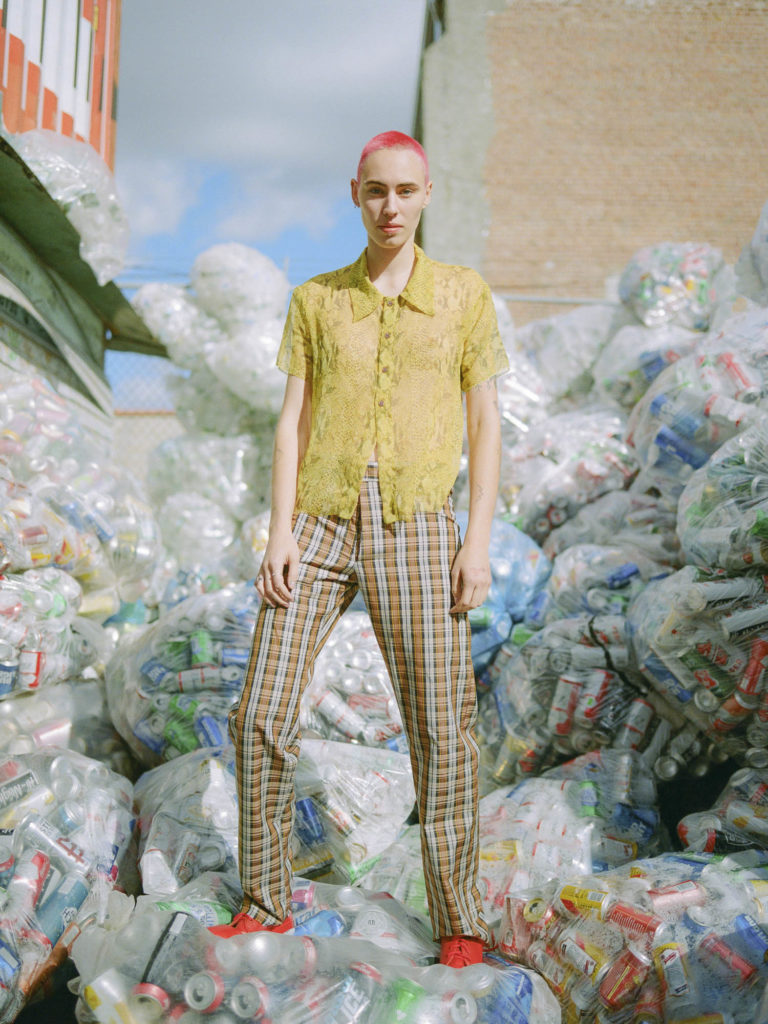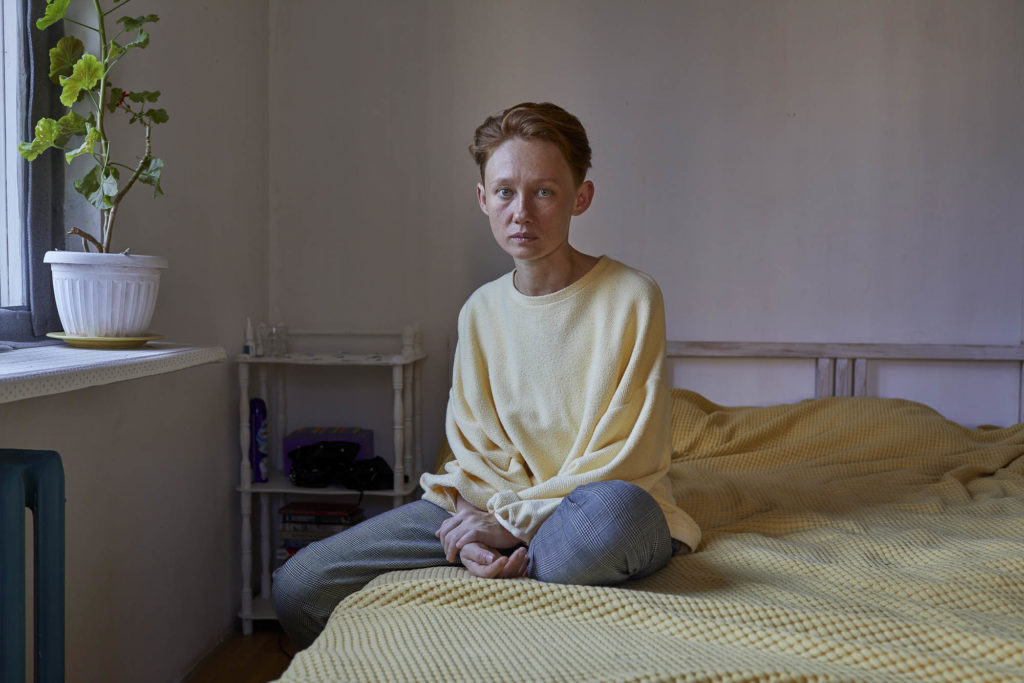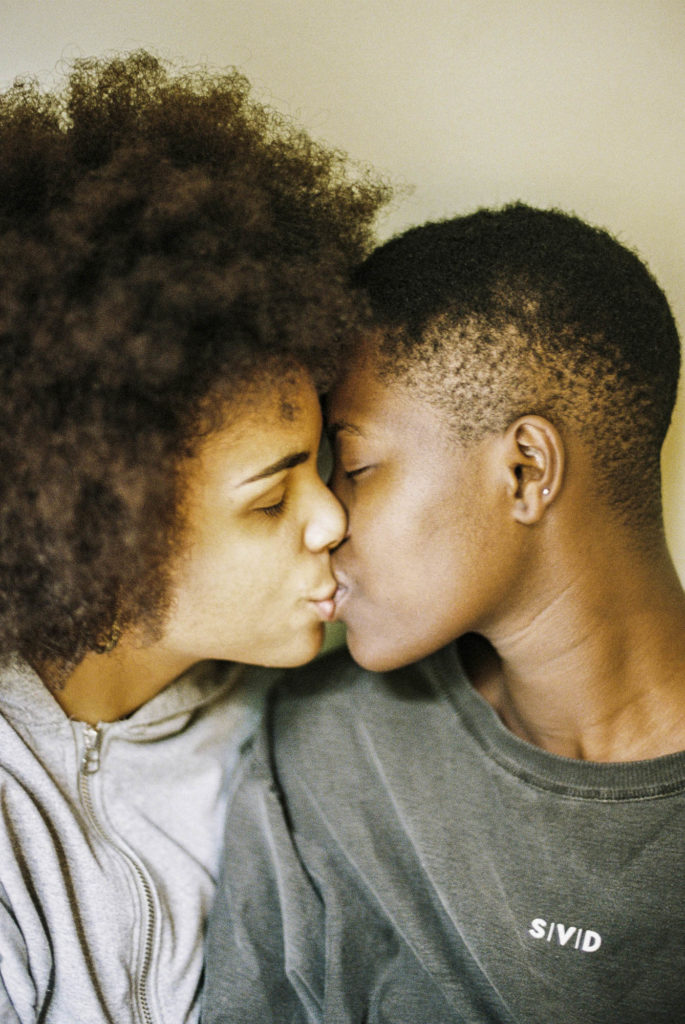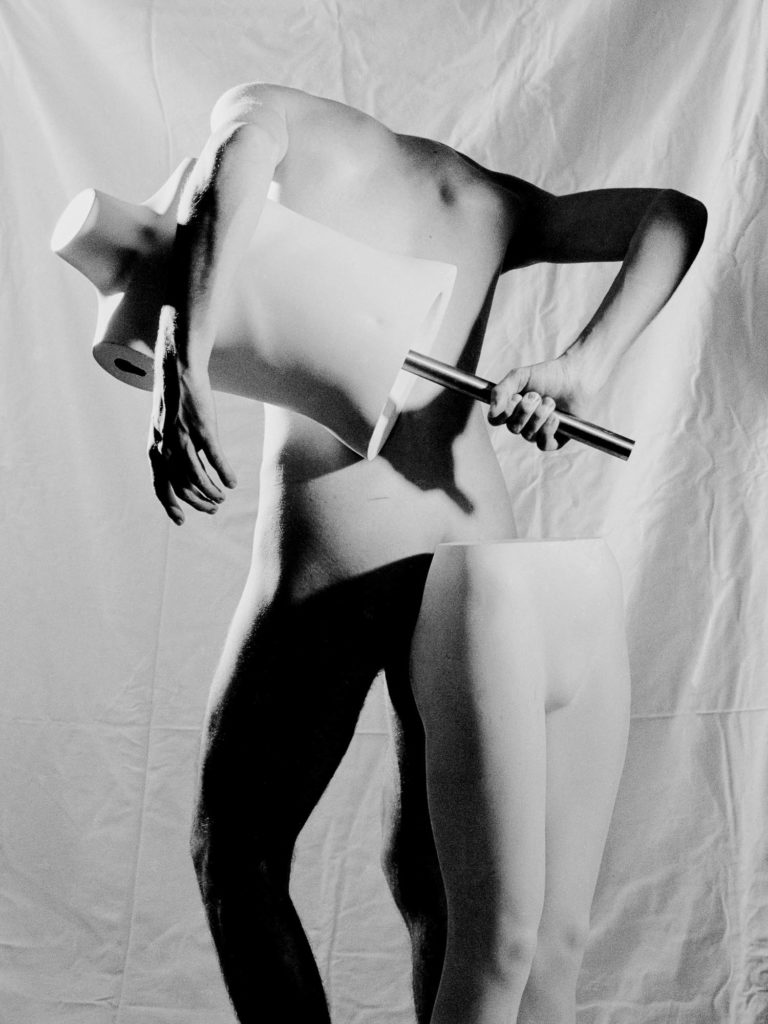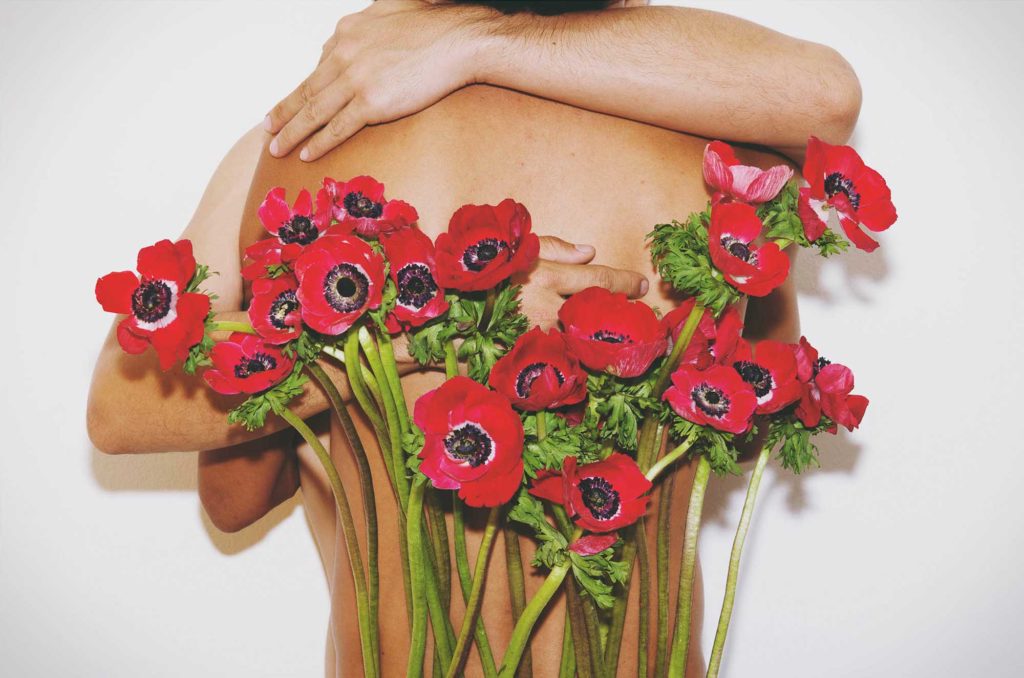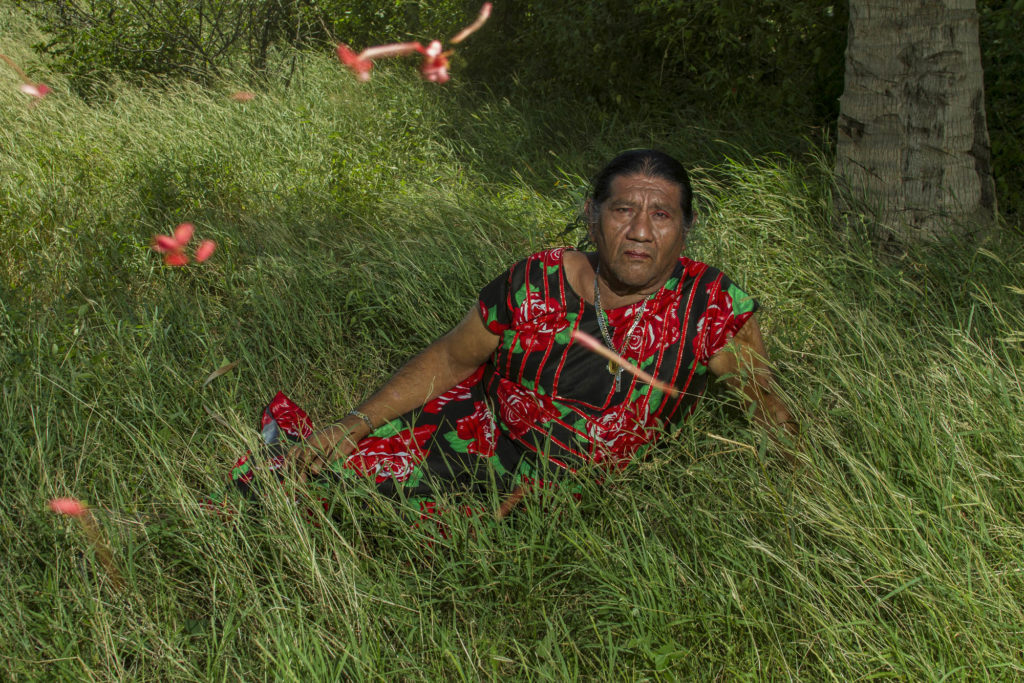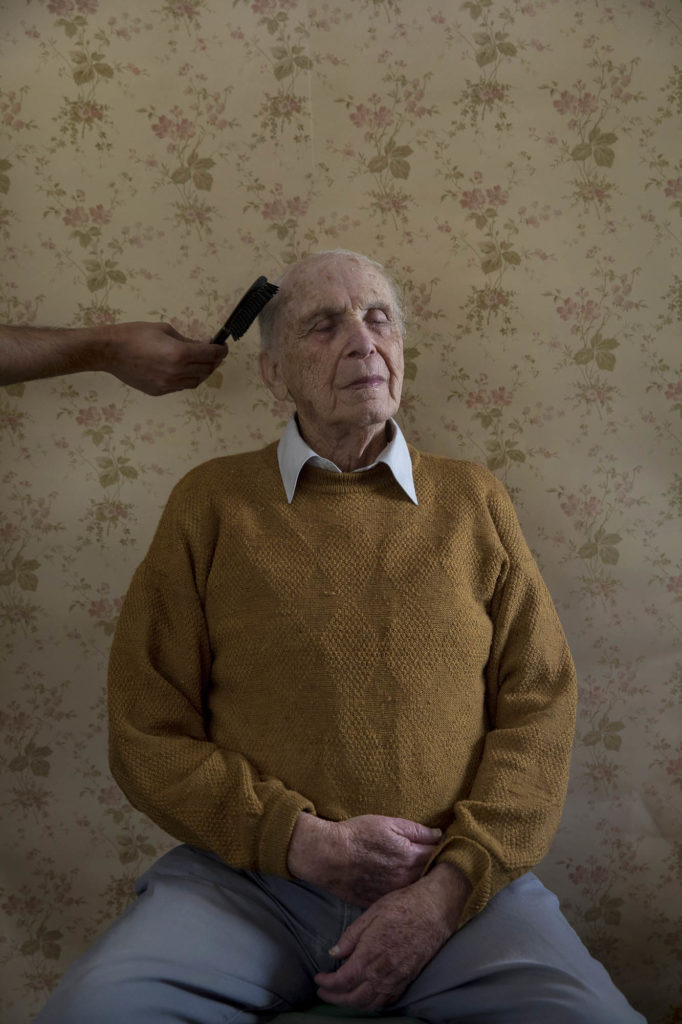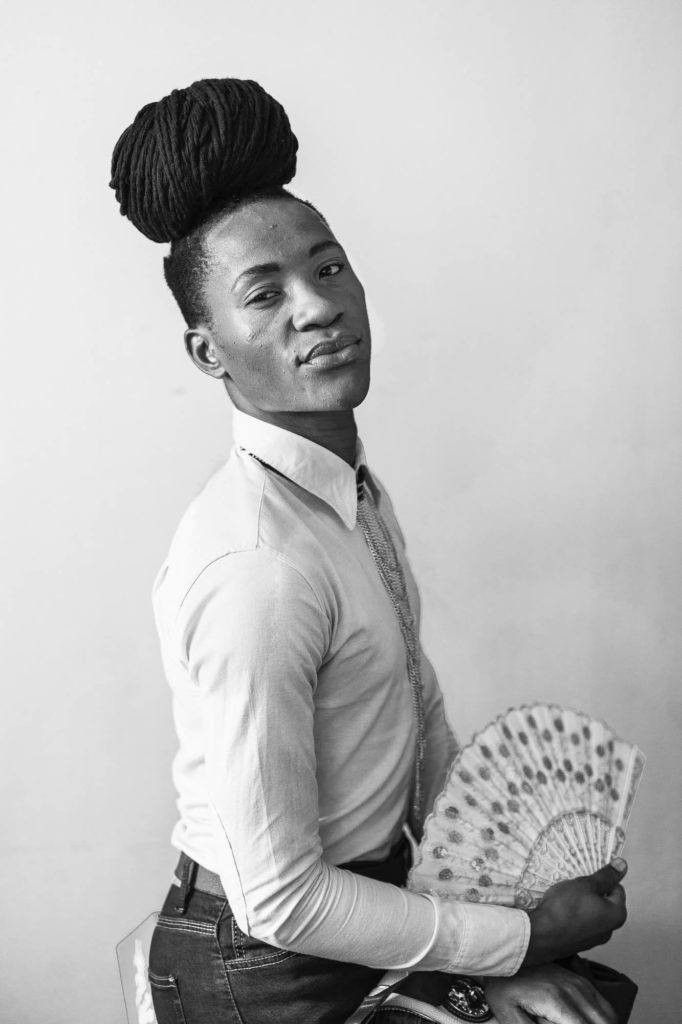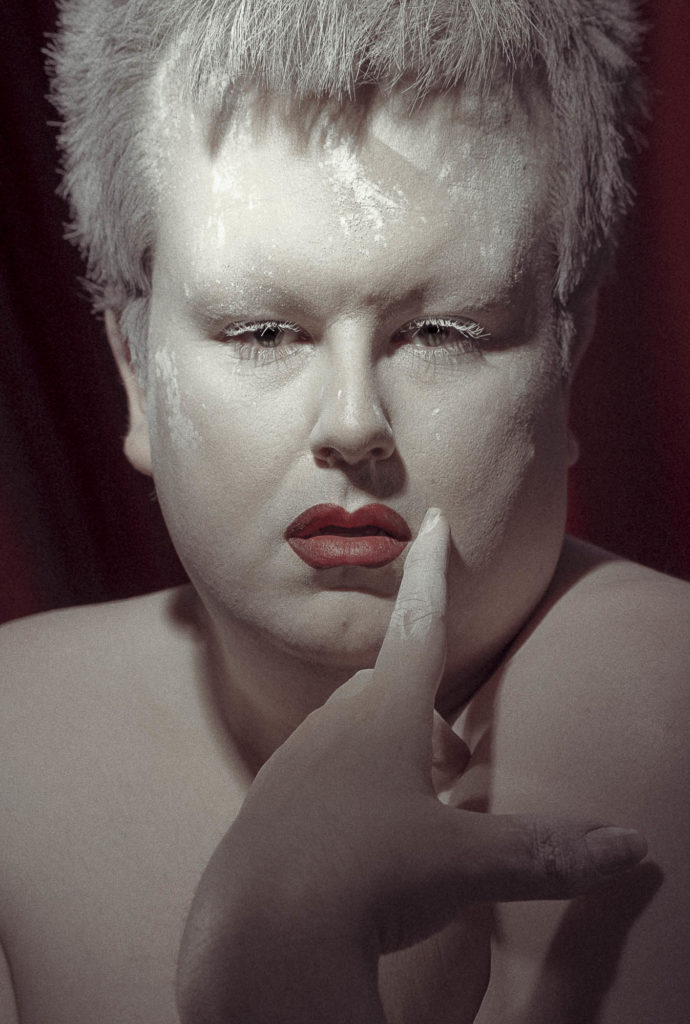In China, every little thing seems to be under control. A direct control, through cameras, millions of eyes watching you, and an indirect one, via traditions and information control.
Homosexuality is neither criminalised nor considered as a mental disease anymore. Still. “I’d love to, but I can’t be part of your project”. Anonymity and obscurity seemed to be the watchwords. But the new generation is coming up. Sam doesn’t give a shit about being gay but feels like going abroad. Escaping is an option. Letting yourself go at a club or at the Taiwanese gay pride is easier. That’s what Hoshi does.
The people I met opened their hearts, fragile or full of hopes and dreams. Clem, who assumes his homosexuality but got suddenly scared that I was recording our conversation. “Tim”, 50, married to a woman, who told me that it was a relief to finally be able to talk to someone about his situation. Ryan, who eventually asked me not to publish his photos because he worried about the Hong Kong national security law. Taro, Chuchen, Tody, Christopher, Sean, Ethan, Allan and all those faces that can’t be shown out of fear.
Homosexuals might not be the enemies at the moment. But are you recording what I’m saying?
